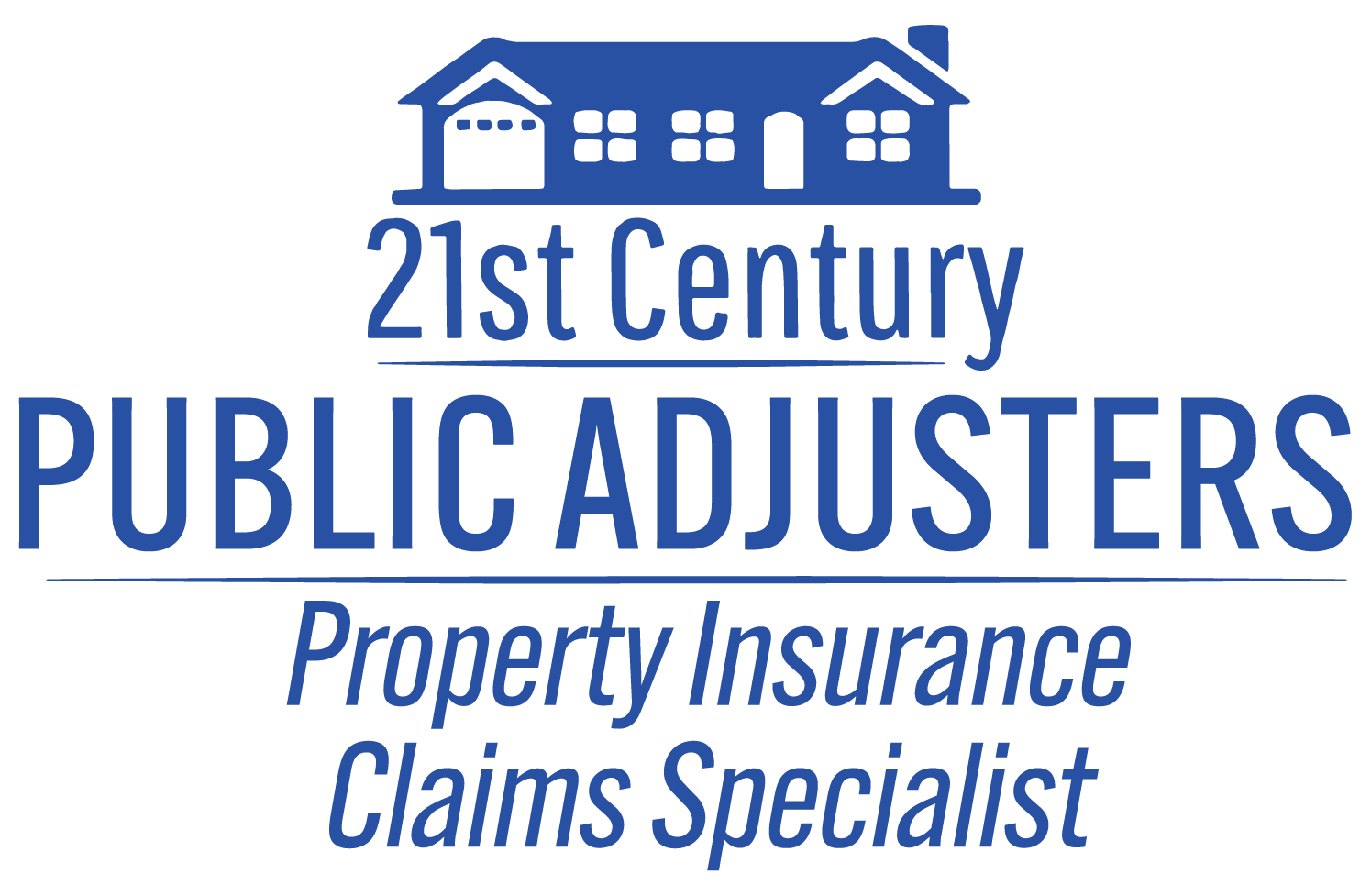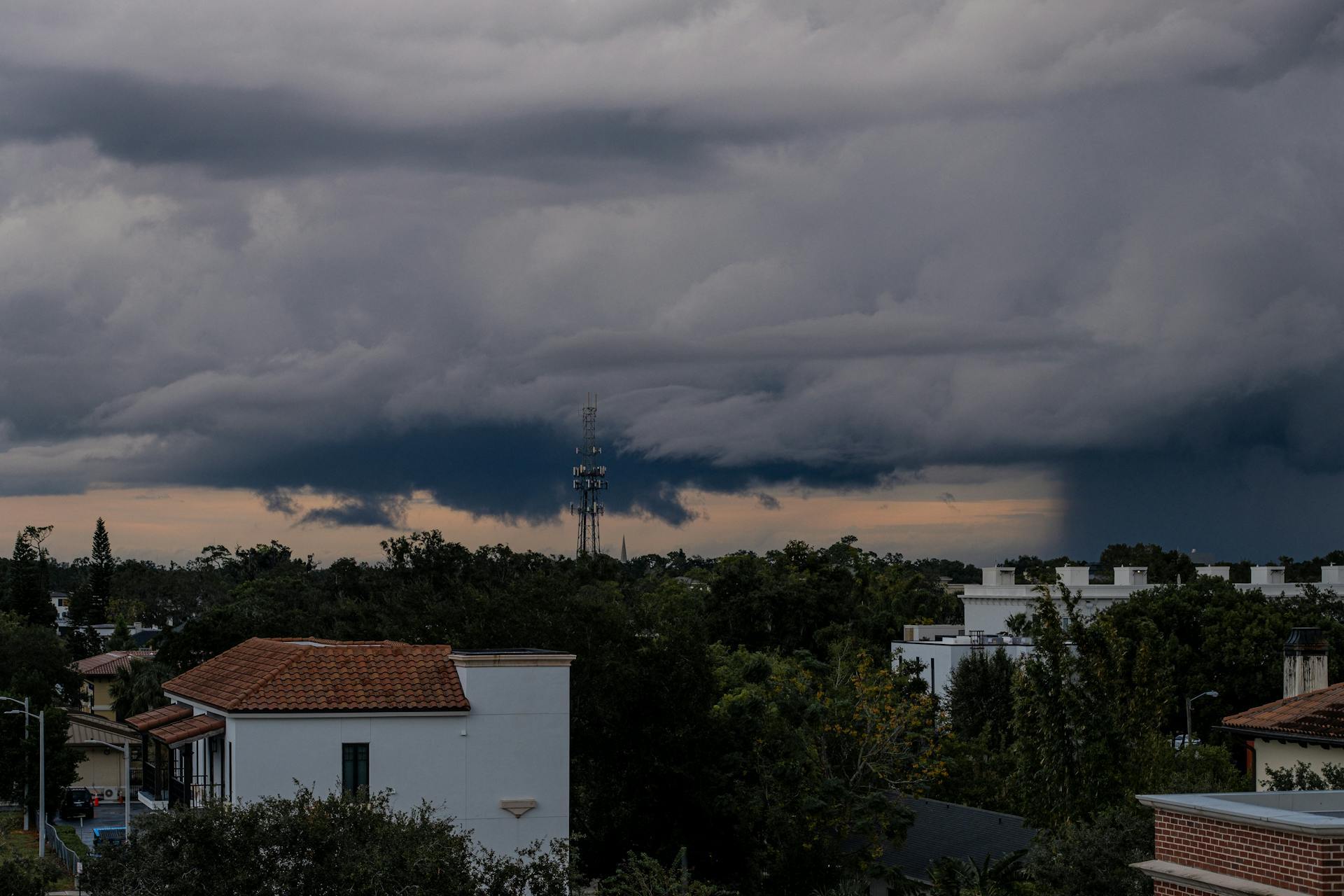Storm season doesn’t begin with thunder—it begins with preparation. The way you prepare your home, understand your policy, and respond after the wind dies down will determine not only how much damage you suffer, but whether your insurance company steps up the way they should.
At 21st Century Public Adjusters, we’ve guided thousands of homeowners through storm readiness and storm recovery. With more severe weather events impacting New Jersey and Pennsylvania every year, we want to ensure that you have the tools, insight, and support to face these challenges head-on—and to come out of them stronger, not just patched up.
Start With the Basics: Physical Prep Matters
Securing your home ahead of a storm isn’t just a common-sense move—it can be the difference between a clean claim and a messy denial. If you have patio furniture, garden decor, grills, or anything else not bolted down, it should be locked up or brought indoors before high winds arrive. Flying debris isn’t just dangerous; it’s one of the leading causes of secondary damage to windows, siding, and roofs. These small impacts often open the door—literally—for water intrusion that becomes far more serious and costly.
Inside the home, it’s just as critical to check your sump pumps and backup systems. A working sump pump can prevent a flooded basement. A dead one can trigger thousands in avoidable losses. Walk around your house. Look for loose siding or soft spots in your roof. Don’t wait until your insurance adjuster finds those problems after the storm and tells you they were “pre-existing.”
Roofs, Siding, and the Insurance You Thought You Had
Here’s something we encounter often: a homeowner calls after a hailstorm damaged one side of their home’s siding. The insurance company agrees to fix that one side—but doesn’t match it to the rest of the house. The result? A mismatched property, and no further reimbursement.
Why? Because many policies don’t include matching coverage unless you explicitly added it. That’s why we urge every client to ask their agent: “Do I have matching? Do I have extended roof coverage? Do I have city/county ordinance upgrade protection?”
These policy add-ons are often inexpensive, but they’re critical during a rebuild. County building codes change. Products become obsolete. If you don’t have ordinance coverage, the new materials you’re now legally required to use might not be covered at all. We’ve seen clients recoup thousands simply because they had that one small clause in place.
We Help You Prepare Your Policy, Not Just Your Property
One of the most valuable services we offer is our free, no-pressure policy review. You don’t need to be in the middle of a crisis to call us. In fact, the best time to reach out is before a storm ever hits. We’ll sit down with you and walk through your policy, line by line. We’ll explain what’s actually covered, what’s missing, and what you can add to better protect yourself. You’ll leave that meeting not only with clarity—but with a plan.
And if you do have a claim? We’ll tell you honestly whether it’s worth pursuing. Sometimes the damage just isn’t severe enough to warrant filing, and opening a claim unnecessarily can actually raise your rates. We’ll never push you to file a claim you don’t need.
Don’t Say the Wrong Thing—Let Us Speak for You
One of the most common (and costly) mistakes homeowners make is how they describe damage to their insurance company. A casual comment like, “It’s probably not a big deal,” or “It looked like it started a few weeks ago,” can accidentally limit or void your claim. Insurance calls are recorded, and every word counts.
When you work with us, we become your voice. We speak the language of claims. We know what to say, when to say it, and—just as importantly—what not to say. We also coordinate with licensed professionals, engineers, and contractors to produce the kind of documentation insurers can’t ignore.
Understanding What Is—and Isn’t—Covered
Many people are surprised to learn that not all water damage is covered. Water driven by wind? Covered. Water that enters because of a broken pipe? Usually covered. But water that seeps in from an overflowing pond, storm surge, or heavy rain pooling outside your home? That’s considered flood damage—and it’s not covered unless you have a separate flood policy.
We’ll help you understand where your coverage ends and where additional protection may be needed. This is vital information that can prevent financial ruin after a storm.
Temporary Housing: What Are Your Rights?
If your kitchen becomes unusable or your bathroom is out of service, your insurance may owe you compensation for temporary housing—if your policy includes coverage for additional living expenses. We evaluate your living situation, assess the damage, and work with your insurer to make sure you aren’t stuck living in a disaster zone.
Whether it’s hotel costs, short-term rentals, or meals while your home is repaired, we document your needs and make sure your policy pays out what it owes.
Why Weather Reports Matter
You might have damage that you can’t even see—but your insurance adjuster might claim there was no storm to blame. That’s why we don’t just inspect your property—we pull official weather data for your exact address. Using the same databases your insurance company references, we verify that a storm occurred at your location and match it to the damage timeline. This is one of the most powerful tools we use to support your claim—and it often makes the difference between denial and full payout.
Final Thought: Don’t Go It Alone
Insurance companies know exactly what they’re doing. They train their adjusters to minimize payouts. If you’re going to face them, you need someone with the same level of knowledge and experience—someone who’s firmly in your corner.
That’s who we are. We don’t work for the insurance companies. We work for you. And from the first phone call to the final settlement, we’ll make sure your storm story ends with your home—and your life—restored.
📞 (215) 485-3107
📍 41 University Drive, Suite 444, Newtown, PA
🌐 www.21stCenturyAdjusters.com

